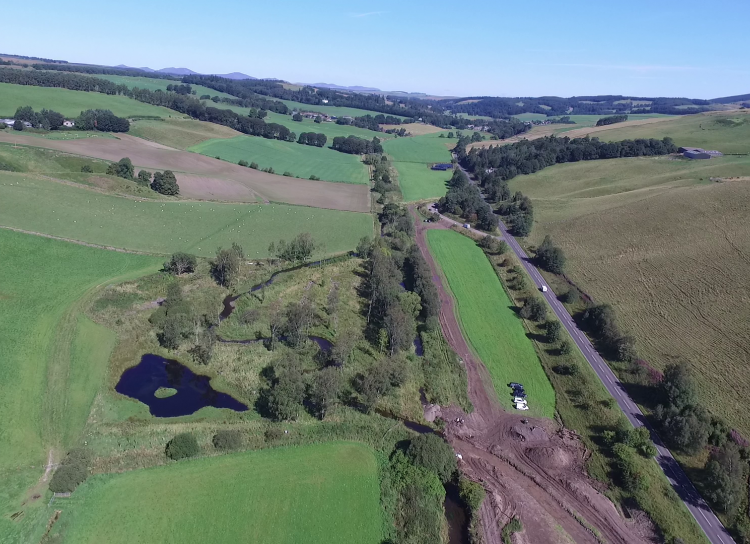A newly published paper in the international journal Water Security (Hankin, Page, McShane, Chappell, Spray, Black & Comins 2021) features results from Scotland’s Eddleston Water NFM study in attempting to answer this important question. Whilst an increasing amount of evidence is emerging that demonstrates the effectiveness of using NFM measures at small geographical scales and for low - medium flood risk events, the performance of NFM measures across larger catchments and under the more extreme flooding events expected with climate change, has mainly been assessed using modelling. This paper reports on the upscaling of results from a small-scale, accurately monitored micro-catchment in northwest England, to the much larger Eddleston Water catchment (70 km2) where similar detailed empirical evidence is available and also the Culm catchment (280 km2), using exactly the same whole-catchment direct-runoff 2d inundation modelling approach. For both of these large catchments the same expandable field storage is evident, and we highlight how this latent property of well-designed nature-based solutions can complement traditional flood risk reduction strategies and how this could be improved with appropriately designed NFM.

